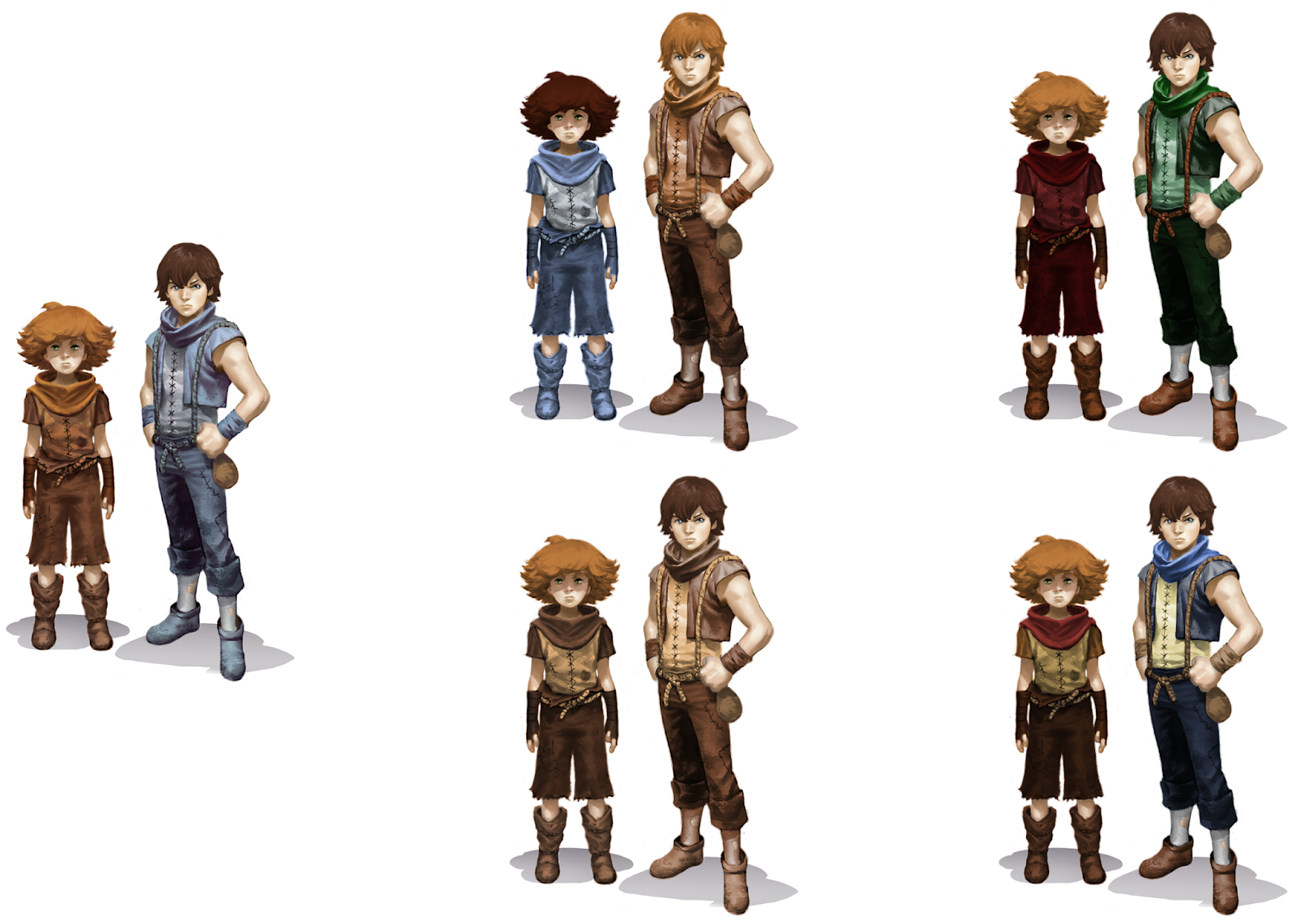Throughout my research so far, there are a number of patterns concerning design theories and elements I've begun to notice. The following are brief examinations of these.
The Relationship of Art Style, Genre & Target Market
Art style can aid a games mood and atmosphere, and support story and connectivity to the player. It can relay emotional expectations, such as the colourful, clean, cartoon-based visuals of Ratchet & Clank, in which the characters go on adventures, have fun, and overcome difficult situations, but stays relatively light. On the opposite scale, The Last of Us features a realistic gritty style that reflects the serious subject matter and emotional development of the characters. There is an emerging correlation in art style and genre, which can affect the target market. Ratchet & Clank can appeal to all, although leaning towards younger generations, but the maturity of The Last of Us reserves the game for adults. Additionally, cartoon-based styles feature more exaggerated proportions and are often creature-based, while realistic styles tend to use more human and humanoid designs. As such, visual style should fit the role of the story, and be sensitive to the subject matter and genre.

Character Hierarchy & POV
Within the popular archetypes there is a pattern of hierarchy. Primarily, the second you step into the game, the character the player is controlling is generally higher up in the hierarchy. This is often the leader character, rather than the sidekick, or the older, bigger character that directs the story and has more influence on events. Another pattern is that bigger characters are often the brawn, and smaller companions are the brains. In a male-female duo, it's often the male being controlled and in the lead.
There are occasions when this pattern is broken, and going against conventions makes for more interesting characters and story. For instance, in Brothers: A Tale of Two Sons, you control both characters at once with each joystick, which makes them more equal in stature, and really brings out their teamwork element. In The Last of Us, you eventually switch to play Ellie, the younger, less experienced character, and in Ratchet & Clank you can play at certain points as Clank too. I believe design and roles affect character hierarchy, and it could make more interesting characters if these conventions are broken, such as playing the game from the point of view of the character lower on the hierarchy.






















.jpg)


